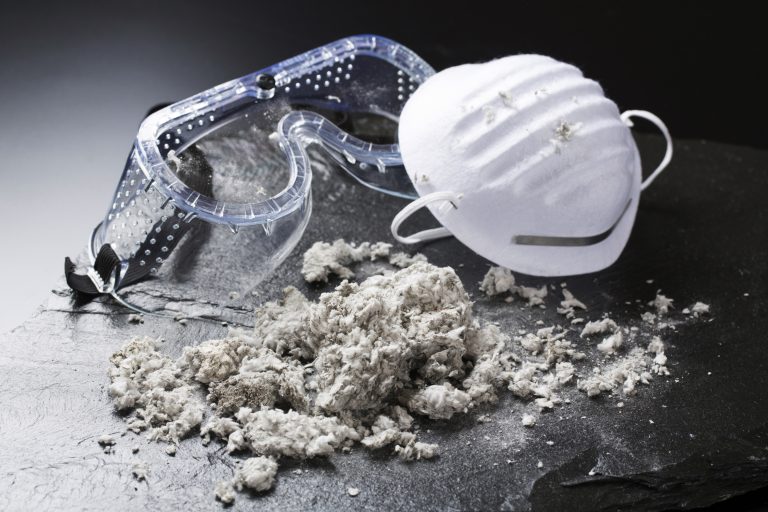One of the main questions when it comes to asbestos is if asbestos testing is required by law. In many cases, asbestos testing is a legal requirement. Occupying or working in a building that hasn’t had an asbestos survey might mean you’re breaking the law. The whole point of an asbestos survey is that you know if your building is safe to occupy, or that your renovation/demolition is safe to do. Having this information can not only save your life but save the lives of other people working or living in the building. Exposure to asbestos usually happens when the person responsible for the property didn’t have an asbestos test completed. There are legal requirements for asbestos surveys, but there are also instances that you are not required to have one completed. For clarity, here are the areas where you will need asbestos testing: Property built before 2000 and; A public area of a domestic building or, Construction work or, Non-domestic buildings. The age of the building will be one of the deciding factors. Any building that predates the year 2000 has a high chance of containing ACM (asbestos-containing materials). Asbestos was a popular material used for construction. It can often be found in insulation, sheeting, rainwater goods, partitions, doors, ceiling panels, vinyl tiles, and many more places within the home or commercial building. You are unlikely to be able to tell if something is asbestos just by looking at it. Which is why an asbestos test will become your first line of defense. Asbestos fibers are tiny, and when they are disturbed, they cause many asbestos-related illnesses. For asbestos testing, a sample of the material will be taken and tested in a lab. This will be able to tell you if the material contains asbestos and the amount and type. For non-domestic public buildings – schools, hospitals, and offices, here is the Control of Asbestos Regulations. 3. To manage the risk from asbestos in non-domestic premises, the duty holder must ensure that a suitable and sufficient assessment is carried out as to whether asbestos is or is liable to be present in the premises. 4. In making the assessment— such steps as are reasonable in the circumstances must be taken; and the condition of any asbestos which is, or has been assumed to be, present in the premises must be considered. The Control of Asbestos Regulations 2012 Duty to manage asbestos in non-domestic premises For part, domestic buildings, with public/shared spaces: The ‘duty to manage asbestos’ requirements of regulation 4 of CAR 2012 do not normally apply to domestic premises. However, the requirements do apply to common parts of premises, including housing developments and blocks of flats […]. Examples of common parts would include foyers, corridors, lifts and lift shafts, staircases, boiler houses, vertical risers, gardens, yards, and outhouses. HSE Asbestos: The survey guide pg.9 For a domestic residence, the landlord or owner is responsible and should ensure that when there is a suspicion of asbestos or renovation work to be carried out, they provide that a risk assessment is carried out. Failing to do so can mean a landlord can be prosecuted.








